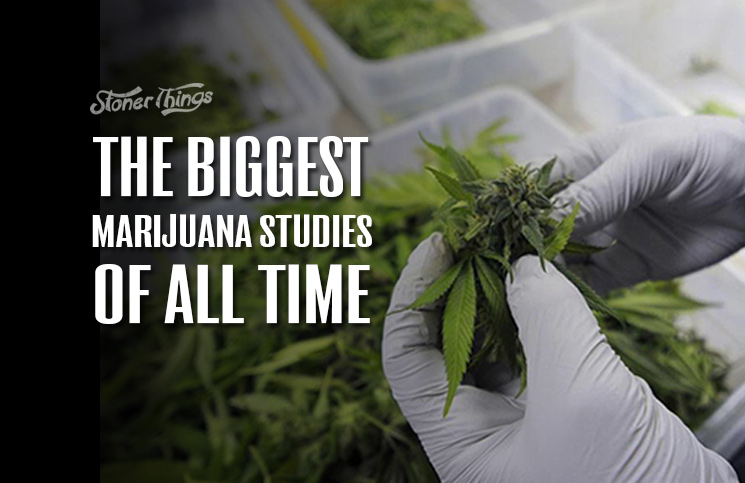Research into the benefits of medical marijuana is a relatively new phenomenon, mostly because almost every country in the world severely restricts what scientists can learn about the drug. But we have had hints of its medicinal qualities for a very long time.
Ancient Scythians, Indians, Romans, Greeks, Assyrians, Egyptians, and Arabs all left evidence of cannabis consumption, and some wrote about it. Even prehistoric Siberians were familiar with the marijuana plant and used it as medicine for chronic pain.
Now we’re finally digging into cannabis and trying to understand how it works, whom it helps, and what kinds of side effects it produces. A pro-MMJ website in Britain recently published a list of “The 11 Most Important Cannabis Studies of All Time.” Here are a few of the site’s choices.
1964: The discovery of THC. Prof. Raphael Mechoulam and Dr. Yechiel Gaoni, two early medical marijuana researchers in Israel, first isolated the cannabinoid Delta-9-Tetrahydrocannabinol, the psychoactive ingredient in marijuana. Unlike other cannabinoids, THC gets users high. It was the first such chemical isolated from the cannabis plant.
1980: The first study of CBD and epilepsy. CBD, or cannabidiol, is another key cannabinoid and is thought to quiet seizures. Mechoulam conducted this research, starting with the ancient story of an Arabian leader who cured his seizures with marijuana. The study was was too small to conclusively establish that the drug treats epilepsy, but it still stands as one of the few pieces of clinical evidence backing that claim. Half of the eight test subjects reported they were seizure free, while three saw improvements and one saw no effect.
1990: Discovery of cannabinoid receptors. Cannabinoid receptors are nerve cells in the brain that interact with a wide array of cannabinoids – some found in the marijuana plant, some found in the human body, and some found in synthetic drugs. Prof. Allyn Howlett published a study reporting on the discovery of CB1 receptors in humans. This showed how cannabinoids work on the body and led to intensive research on endogenous cannabinoids, the internal cannabinoids created by the body.
1992: Isolation of endogenous cannabinoids. The discovery of Anandamide marked a breakthrough in the study of endogenous cannabinoids. Arachidonoyl Ethanolamide, as the chemical is known in official taxonomy, was named Anandamide by its discoverer, Bill Devane. It means bliss.
1995: Scientists prove marijuana eases nausea. Reports of the the drug’s ability to fight nausea and vomiting are legion. But until 1995, there was no science to prove this claim. Mechoulam teamed with Aya Abrahamov to test the anti-emetic qualities of cannabis on children undergoing cancer therapy, which causes severe nausea and vomiting. Researchers tried to produce a rigorous, double-blind study in which one group of children received THC and another did not. But the effects of the THC were so dramatic they quickly switched every patient to marijuana therapy.
2006: Cannabis fights cancer. This study advanced the idea that medical cannabis can kill tumors, not just fight the side effects of cancer treatment. The researchers examined patients with glioblastoma multiforme, an aggressive and treatment-resistant form of cancer. While results were mixed, THC did appear to block tumor growth temporarily in certain patients.













